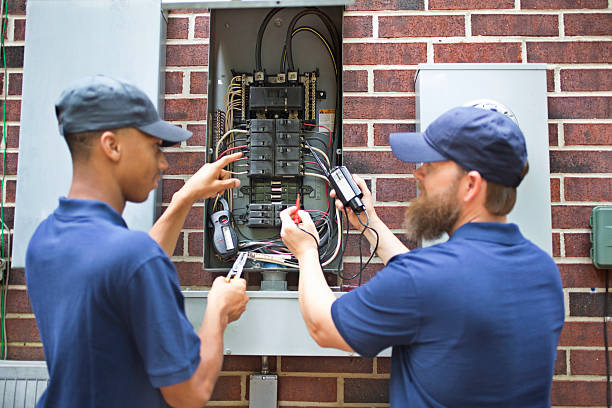Electrical Power Transformers play a critical role in the functioning of Industrial Motor Controls. These transformers are used to convert power from one voltage level to another, allowing motors to safely start and run. In order to understand the full significance of Electrical Power Transformers in Industrial Motor Controls, it is important to have a basic understanding of how these devices work and the benefits they provide. In this blog post, we will discuss the importance of Electrical Power Transformers in Industrial Motor Controls and the advantages they offer.
What are electrical power transformers?
Electrical power transformers are devices used to convert electrical energy from one voltage to another. In most cases, these transformers step up or step down the voltage, depending on the desired output. They are usually used in industrial motor control applications and come in various sizes and configurations. The basic principles of electrical power transformers involve the use of electromagnetic induction. An alternating current (AC) is applied to one coil of wire that is wound around a metallic core. This induces a current in the secondary winding which is then connected to the load. The secondary winding has a different number of turns than the primary winding, so the voltage is either increased or decreased, depending on the configuration.
The transformer can be used for multiple purposes such as increasing or decreasing voltages, isolating circuits from each other, or providing an isolation barrier between two systems. Power transformers are also commonly used to change the frequency of AC currents, which is useful in power plants and electric grids. These devices are incredibly versatile and reliable, making them an essential part of many industrial processes.
How do they work?
Electrical power transformers are an essential component in the industrial motor control systems that regulate the flow of electricity from a power source to other parts of a system. They work by taking alternating current (AC) from a power source and transforming it into a different voltage or current value. Transformers work on the principle of electromagnetic induction, which states that when a magnetic field is generated around a conductor, an electric current will be induced in the conductor. Power transformers use two or more coils of wire wrapped around an iron core to create this magnetic field and induce the desired electric current in the secondary winding.
The number of turns in the primary coil determines the voltage output,
while the number of turns in the secondary coil determines the current output. By varying the number of turns in each coil, the transformer can be tuned to provide any desired voltage or current output. Power transformers also contain an insulating material between the primary and secondary windings, called an insulation barrier, to prevent the currents from shorting out and producing excessive heat. This insulation barrier also helps reduce electrical noise in the system.
What are their benefits?
Electrical power transformers are a critical component of industrial motor control systems. They offer numerous advantages to users, which is why they are so widely used. One of the main benefits of electrical power transformers is their ability to reduce electricity losses. By reducing voltage and current levels, transformers make it easier to regulate electricity and reduce energy costs. In addition, they can also protect motors from overloads, damage, and short circuits. Transformers also help to isolate electrical systems from the rest of the environment. By providing a physical barrier between two parts of an Electrical Power Transformers, a transformer acts as a shield against external influences such as shocks or surges. Lastly, electrical power transformers are very reliable and durable. With proper maintenance and care, they can last for decades, making them an excellent investment for any industrial motor control system.
